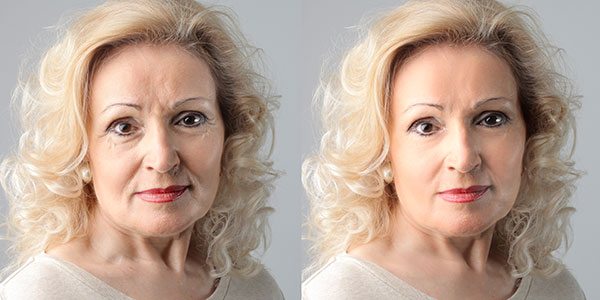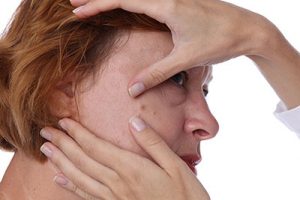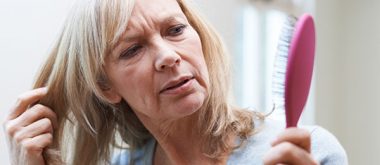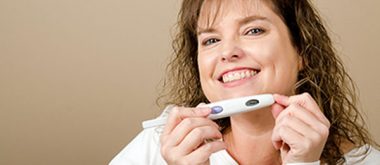A lot of changes occur in a woman’s body during menopause. The changes can be short term or long term. One of the organs that are affected by menopause is the skin. We will discuss the skin changes that are brought about by menopause in depth. We will also look at how we can control these changes.
Hormonal Changes During Menopause
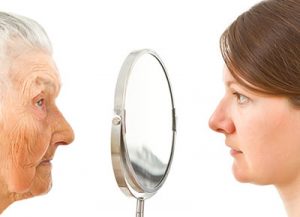 Premenopause and menopause periods are characterized by hormonal changes in the body. The body reduces the production of hormones that are associated with the woman’s reproductive system. The two main hormones are estrogen and progesterone. The levels of estrogen and progesterone in the body are controlled by the Luteinizing Hormone (LH) and the Follicle-Stimulating Hormone (FSH).
Premenopause and menopause periods are characterized by hormonal changes in the body. The body reduces the production of hormones that are associated with the woman’s reproductive system. The two main hormones are estrogen and progesterone. The levels of estrogen and progesterone in the body are controlled by the Luteinizing Hormone (LH) and the Follicle-Stimulating Hormone (FSH).
LH and FSH stimulate the development of ovarian follicles. They also stimulate ovulation and secretion of reproductive hormones. During menopause, the ovaries are aging, and there is a significant reduction in the number of ovarian follicles. The body produces LH and FSH in normal quantities. However, the ovaries are now less responsive to the stimulating hormones.
When the ovaries are less responsive to LH and FSH, it means that the ovaries secrete fewer amounts of estrogen and progesterone. Progesterone is secreted after ovulation. The reduction in ovulation also leads to a reduction in the quantity of progesterone in the body.
Skin Changes During Menopause
Changes in the skin are caused by the reduction of estrogen and progesterone. The changes are most visible in hormone-rich areas of the skin such as the face and the breasts. In this section, we will discuss some of these changes.
1. Dry Skin
The sebaceous gland secretes sebum. Sebum is the fluid that lubricates the skin and makes it waterproof. During reproductive years, estrogen stimulates the production of a more fluid sebum. This makes the skin appear oily. Estrogen minimizes the effect of testosterone on a woman’s body. Testosterone is associated with masculine characteristics. During menopause, when estrogen levels fall, testosterone becomes more dominant. Testosterone stimulates the production of a thick sebum. This makes the skin dry.
2. Sagging skin and wrinkles
This is brought about by the erosion of the fat layer under the skin. Before menopause, estrogen ensures the deposit of fats under the skin all over the body. The layer of fat strengthens the skin making it straight.
When estrogen levels fall, these fats are redistributed from the skin to other parts of the body. The fats are mostly deposited in the buttocks and thighs. The skin grows weak because it is now deprived of the fat layer that used to support it. Eventually, the skin sags and develops wrinkles.
3. Facial Hair
Facial hair is a masculine characteristic. During menopause, some women grow facial hair. This is because, in the absence of estrogen, testosterone becomes dominant.
4. Adult Acne
Acne is a skin condition that occurs due to blocked hair follicles. Dead cells and oil from the skin are some of the materials that block the follicles.
During menopause, testosterone stimulates the secretion of thicker sebum. Furthermore, the amount of sebum produced increases. This sebum blocks the hair follicles resulting in adult acne.
5. Elastosis
This is the accumulation of an abnormal elastic tissue in the dermis of the skin. Estrogen controls the amount of collagen and elastin in the skin. Collagen is a protein that strengthens the skin. Elastin makes the skin elastic.
In the absence of estrogen, the levels of collagen and elastin are uncontrolled. This leads to elastosis.
6. Hyperpigmentation
This is a condition where some patches of the skin become darker than the rest of the skin. Hyperpigmentation becomes more likely as the skin grows thinner.
Remedies for Skin Changes During Menopause
There are measures you can take to mitigate effects of menopause on the skin. Most of them revolve around suppressing the effects of testosterone. Taking retinoids is a very effective remedy. Once a retinoid gets into the skin, it interacts with an enzyme that creates trans-retinoic acid. This repairs the skin and increases collagen production. It also unclogs pores thus preventing acne. Peptides are another useful remedy. They stimulate collagen production and make the skin elastic. Dietary changes can also help in building the skin. The Mediterranean diet introduces water and enzymes in the body. For example, proteins contained in dairy milk are good for the skin. Finally, there are some artificial products developed for aging skins. You can use them depending on your needs.
